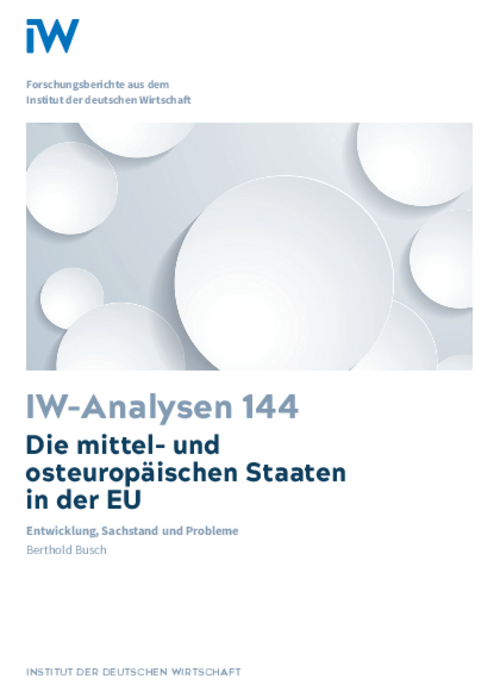In economic terms, the enlargement of the EU to include the Central and East ern European countries (CEECs) has been a success.

The Central and Eastern European Countries in the EU: Their development, the status quo and current issues

In economic terms, the enlargement of the EU to include the Central and East ern European countries (CEECs) has been a success.
The CEECs have all been effectively integrated into the common internal market and current economic developments point to ongoing convergence and increasing cohesion. Substantial financial resources from the EU budget have made a significant contribution to this process. In the political sphere, however, the balance is less positive. In some CEE countries, a tendency to revive nationalism can be observed and in recent years conflicts with the EU over the rule of law, democracy, and the independence of the judiciary have intensified. Attempts by the European Commission and the European Parliament to counter this phenomenon with both existing instruments and new procedures have so far proved unsuccessful. Indeed, these unresolved frictions have recently hampered agreement on the 2021–2027 Multiannual Financial Framework. The lessons to be learned from these developments need to be applied when further enlargements are considered.

The Central and Eastern European Countries in the EU: Their development, the status quo and current issues

More on the topic
Not so Different?: Dependency of the German and Italian Industry on China Intermediate Inputs
On average the German and Italian industry display a very similar intermediate input dependence on China, whether accounting for domestic inputs or not.
IW
China’s Trade Surplus – Implications for the World and for Europe
China’s merchandise trade surplus has reached an all-time high and is likely to rise further. A key driver appears to be a policy push to further bolster Chinese domestic manufacturing production, implying the danger of significant overcapacities.
IW